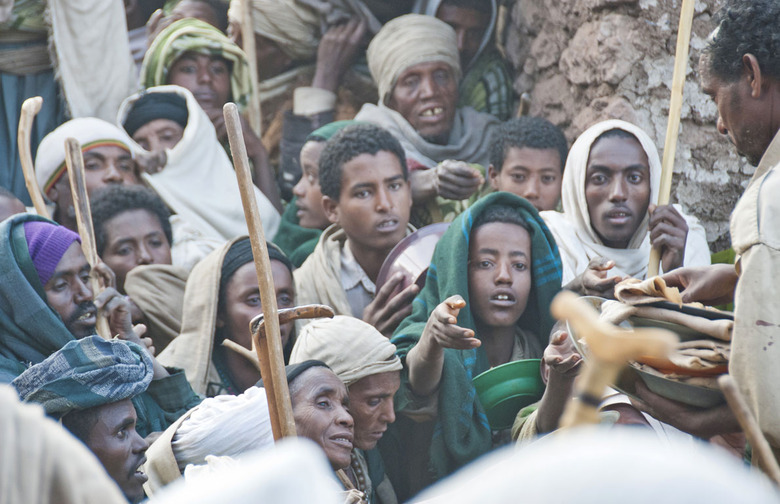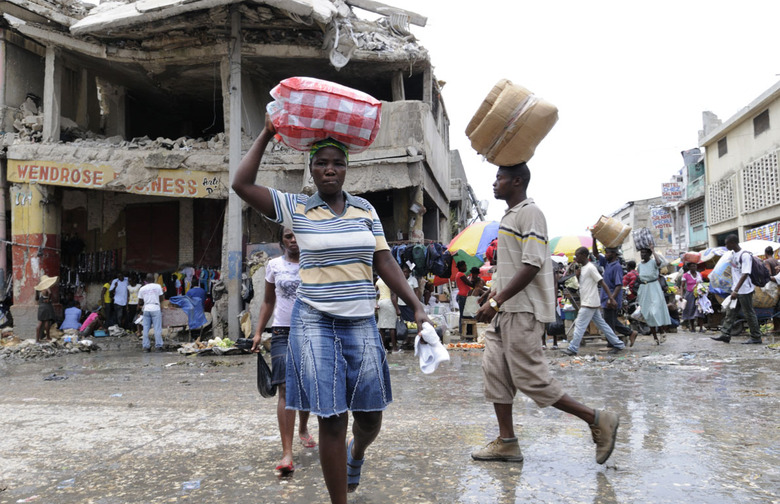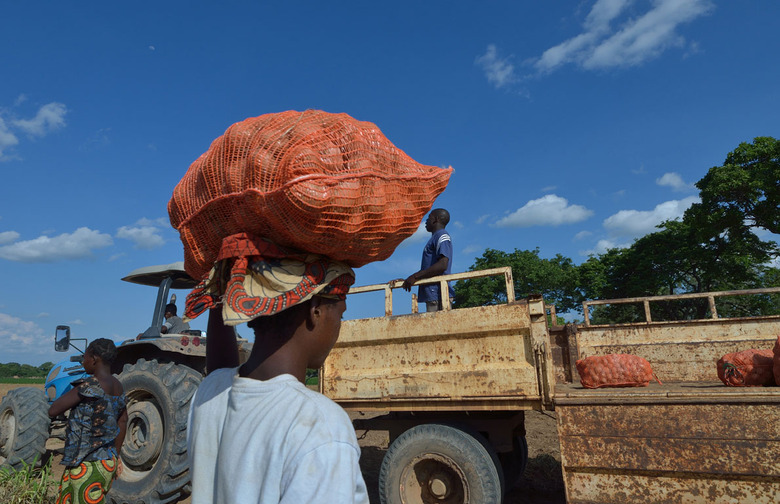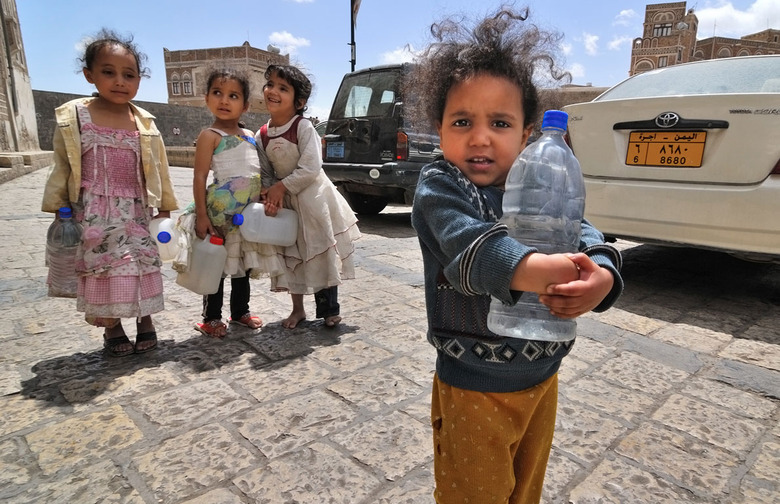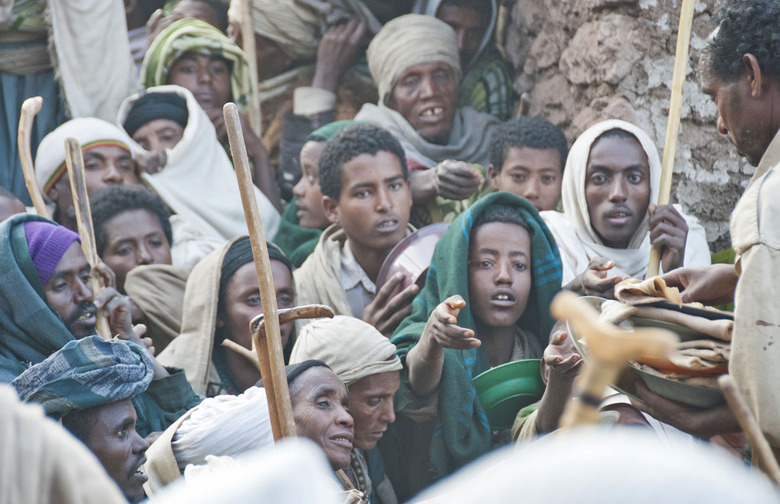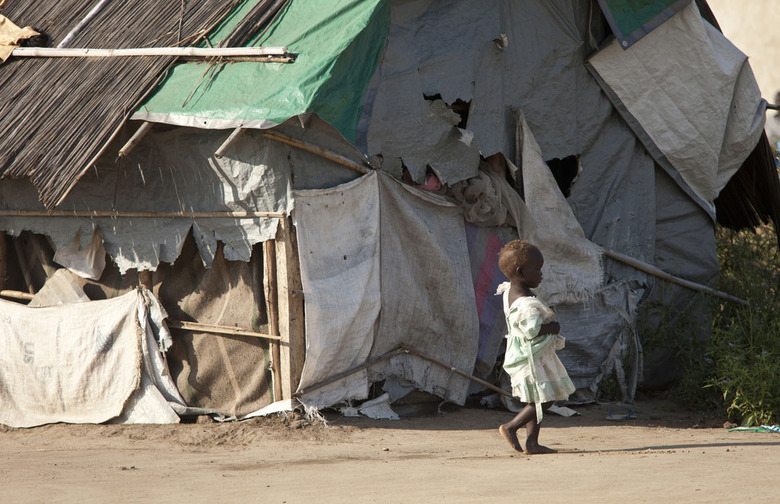The 10 Hungriest Countries In The World And How You Can Help Them
One in nine people worldwide lack the basic necessities of food and clean water. According to the World Food Programme, hunger poses more of a health risk than AIDS, tuberculosis, and malaria combined, but unlike these conditions, the cure for world hunger is tangible and within reach. Here are the 10 most undernourished countries in the world, along with some ways you can help feed them.
10. Haiti
Years of political instability and a powerful earthquake whose effects are still present have left Haiti, the poorest country in the Western Hemisphere, one of the hungriest countries in the world — two thirds of the juvenile population suffer from malnutrition. Most of the money from musician Wyclef Jean's much-publicized charity, which collected millions of dollars for the island nation, went into administrative costs and did little to nothing to help. To make a difference, donate to Food for the Poor, which, according to its website, began its work in Haiti in 1986 and has since built 11,000 homes and installed 373 water wells.
9. Zambia
Zambia, a landlocked nation bordering Angola and Zimbabwe, rates 23.2 on the Global Hunger Index, despite being more politically stable than many other developing countries. While Zambia exports hundreds of tons of high-quality maize to Europe — so high-quality that the government denied genetically modified food donations from the United States in 2002 for fear that it would contaminate their exports — malnourishment rates stay high. To help, donate to the Irish charity Gorta, which works to improve food and water safety and set up agricultural systems like beekeeping, fish farming, and watershed management; their goal is to help Zambia become self-sustaining.
8. Yemen
Political instability and violence has not only left many in Yemen impoverished, but also drastically affects the amount of food aid that can reach the small Middle Eastern nation. Oxfam's warehouse in Saada, which contained humanitarian supplies used in the organization's water and sanitation projects, was bombed in an air raid by Saudi forces in April 2015. They need your help more than ever. Donate here to continue their efforts to provide livestock, clean water, and cash for basic commodities.
7. Ethiopia
The Ethiopian famine in 1984 killed up to one million people. It had a lasting effect not only in the country but in media coverage of famine and political struggles. According to The Guardian, it was the onset of "African pessimism." Please don't give up and please try your best to help. Save the Children lets you donate money for food and education or sponsor a specific child.
6. Chad
Political instability, social unrest, and conflicts with neighboring countries have plagued the central African country of Chad since its independence in 1960, and while the situation is improving, poor infrastructure, as well as an influx of refugees from neighboring countries, leave the nation in urgent need for food. Action Against Hunger works to provide immediate relief and initiate food security programs by supporting local markets, providing farmers with tools and education for to grow healthy crops and vaccinate livestock, and training female entrepreneurs in small business management.
5. Sudan and South Sudan
The GHI score in South Sudan, which seceded from Sudan in 2011, could not be determined because the IFPRI were unable to collect data on the nations independently. However, both Nile Valley countries are in dire need of help, especially since fighting broke out in South Sudan again in December 2013. The World Food Programme provides food for the politically unstable new nation of South Sudan as it finds its way to peace, and Save the Children continues to serve the people of Sudan.
4. Comoros
While Comoros, an archipelago nation off the East African coast, is gradually becoming a vacation spot for people who want to escape to its pristine beaches, the 20 coups and coup attempts that have been executed since its independence in 1975 have left malnutrition rates in the country staggeringly high, with a GHI of 29.5. Caritas works to improve healthcare and set up nutritional and recreational centers for the people of Comoros.
3. Timor-Leste
While 80 percent of the Pacific nation Timor-Leste's population relies on agriculture for income, most families in rural areas can only produce enough food to last eight months, resulting in chronic malnutrition, especially among children under the age of five. Mercy Corps works in Timor to build local economies for food and environmental sustainability.
2. Eritrea
The hunger situation in Eritrea is hard to assess. While its GHI is at a high 33.8, the country has been described as a "black hole" due to its hostility toward foreign journalists and aid workers. The nation refused aid in 2011, when agencies warned that millions in the Horn of Africa were being affected by famine, claiming that they manage their supplies better than their neighbors. However, if you'd like to donate, the American Relief Agency for the Horn of Africa does have a presence in the secretive nation.
1. Burundi
Burundi's GHI has remained at a devastating 35.6 for a few years. The fact that violent protests are breaking out around the country at this moment — as a result of the assassination of the ruling party's opposition leader, as well as the current president's bid for a third five-year term — is doing nothing to improve the situation. On the onset of this crisis, Burundi needs your help; donate to Food for the Hungry today to help improve the country's food income generation, healthcare facilities, and agricultural systems.
